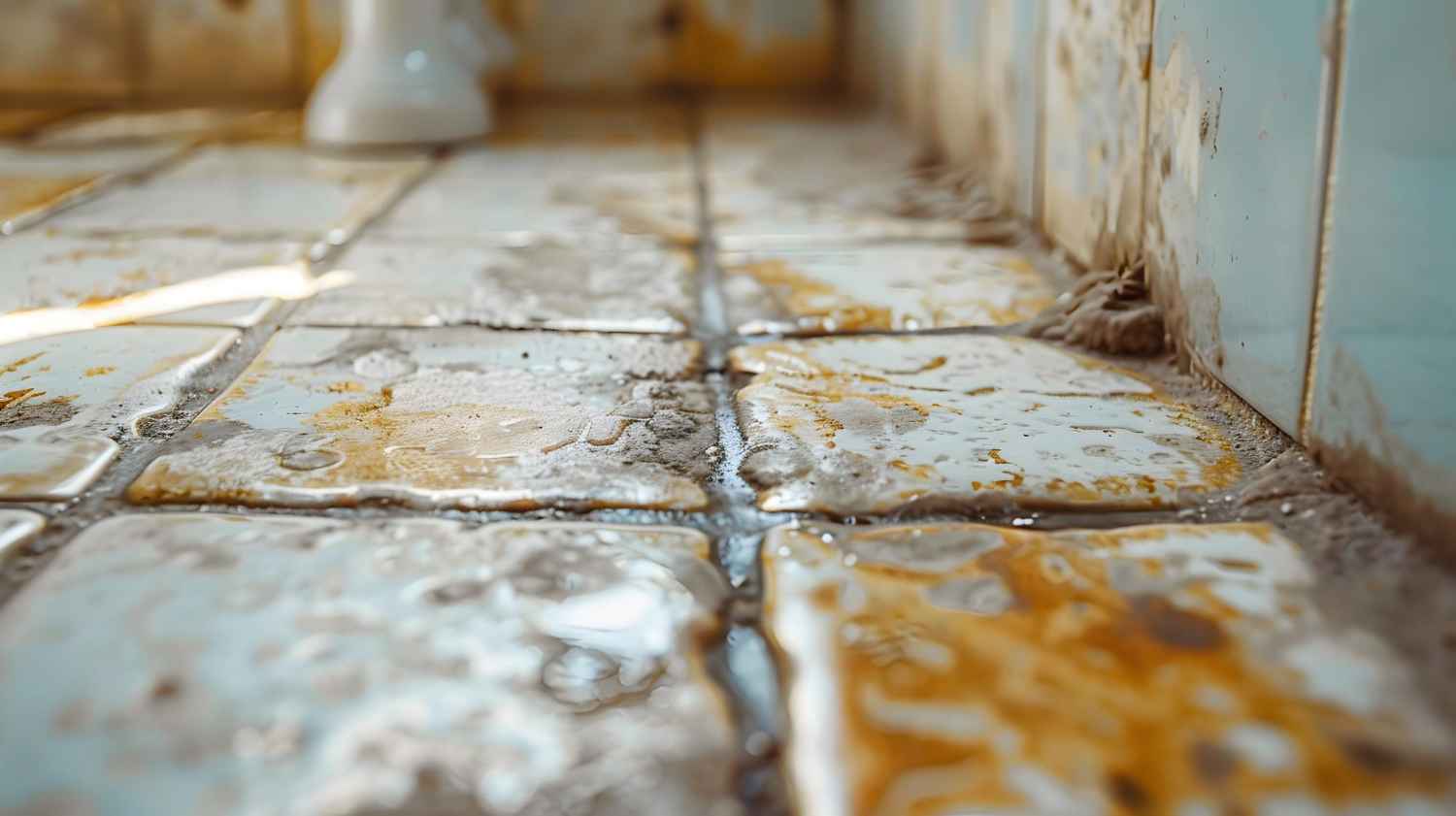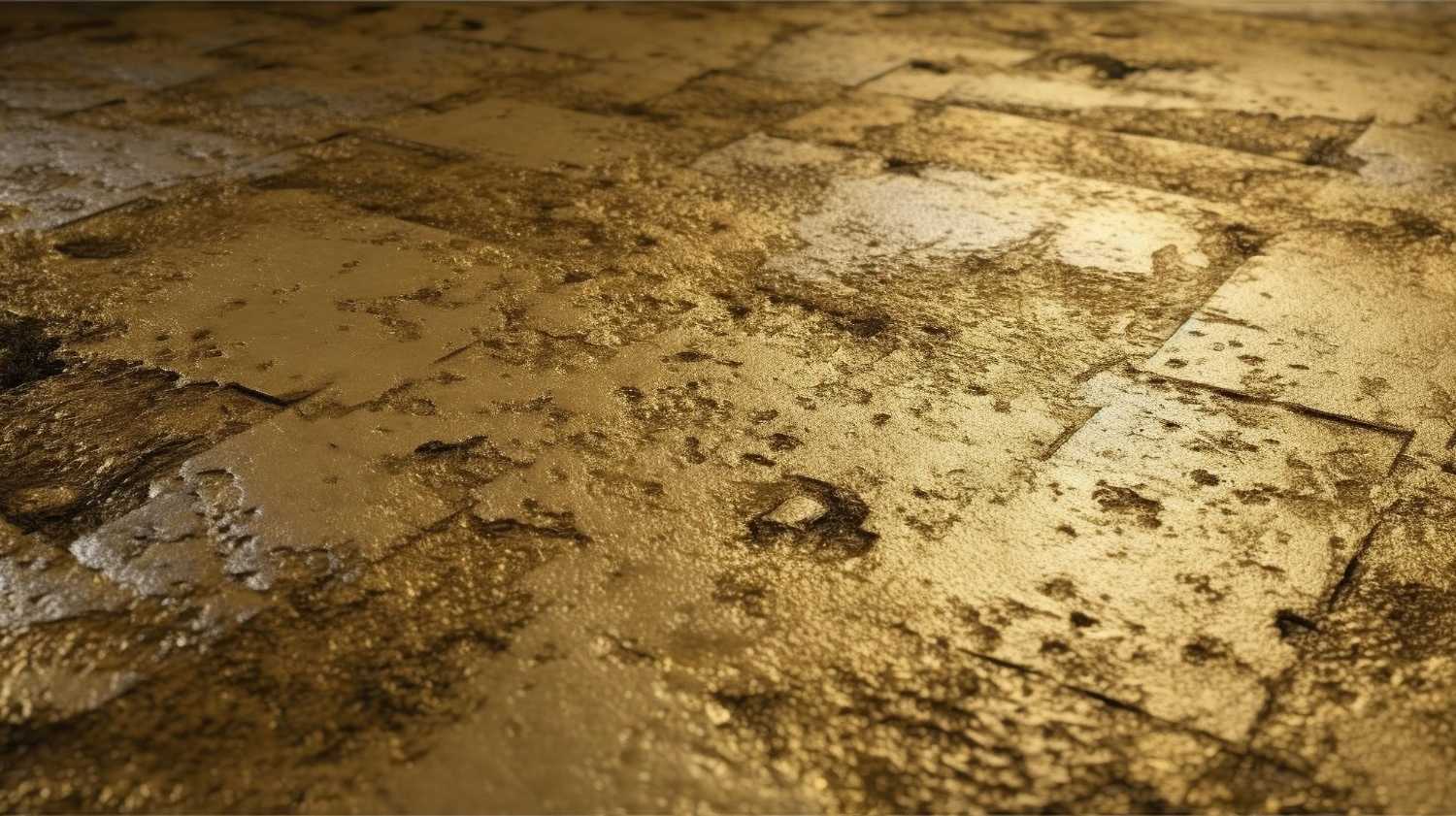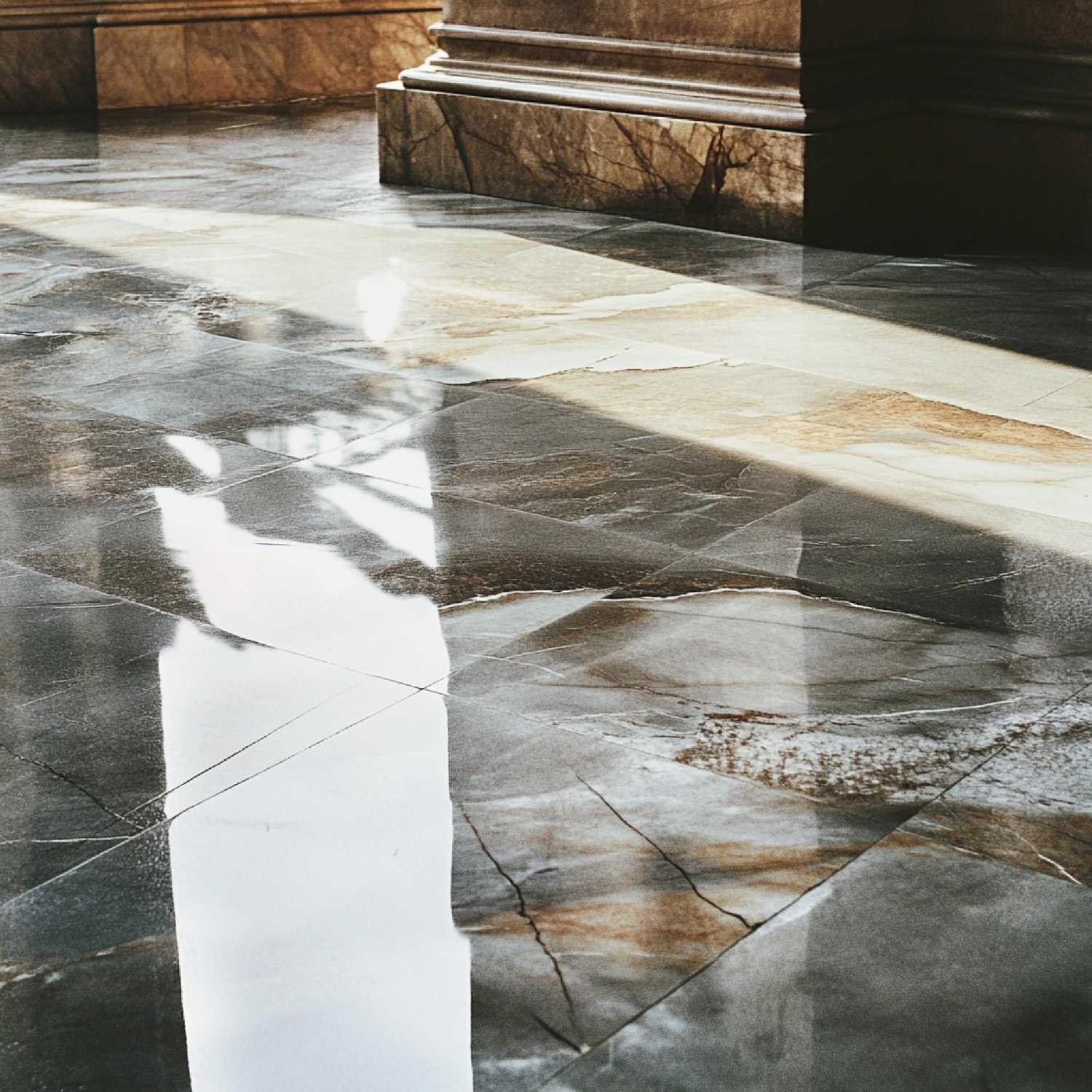Concrete flooring is known for its exceptional durability and long-lasting performance. It retains its strength and aesthetic appeal over time when maintained properly.
However, one of the primary threats to concrete flooring is standing water. Prolonged exposure to water can significantly impact the floor’s appearance and functionality.
In this blog, we’ll explore how standing water affects concrete flooring, identify the signs of water damage, and provide effective strategies for preventing and addressing these issues.
Water that seeps under concrete can freeze and expand, causing the slab to lift. As this freezing and thawing cycle continues, it can visibly deteriorate the surface of the concrete. The ice’s pressure might also induce fine cracks on the slab, further increasing the potential for damage from subsequent freeze-thaw cycles.
When water gets trapped underneath concrete, it can lead to the erosion or softening of the supporting soil. This weakening may cause the concrete slab to settle unevenly or develop cracks. Such cracks near your home could channel surface water toward the foundation, exacerbating settlement and soil erosion.
Erosion of the soil beneath driveways can result in uneven surfaces where the concrete loses its support. When water pools on these surfaces, it can lead to several problems, including:

Spalling is the flaking or chipping of a concrete surface. This condition often results from moisture trapped in the concrete that causes surface divots.
While concrete floors can crack for various reasons, extensive fracturing may indicate moisture issues.
Polyurea coatings on concrete floors are designed to keep moisture out. If you notice bubbling or peeling of these coatings, it could signal that moisture is penetrating the surface.
Water exposure can lead to paint delamination, causing it to peel, chip, or flake off, affecting the appearance and exposing the concrete to damage further.
Changes in colour, such as dark spots or patches, might indicate that moisture affects your concrete or its coating.
Mould thrives in damp environments. If you find mould on your floors or creeping up the walls, it indicates moisture intrusion.

Concrete can suffer from water damage due to several factors:

If not addressed, standing water can lead to severe issues with concrete flooring. The consequences extend beyond mere surface imperfections, potentially compromising the structural integrity of the concrete.

To prevent long-term damage and mould issues, it’s crucial to address wet concrete promptly after any water incident. Even if concrete appears dry, residual moisture can linger and cause problems if not managed correctly. The following are the immediate steps to take for effectively repairing wet concrete:
Addressing these steps will help restore your concrete surfaces and prevent further damage, paving the way for successful repairs and future stability.
A boom pump uses a robotic arm (boom) to deliver concrete with precision at height or distance, making it ideal for large-scale and high-rise projects. A line pump, on the other hand, is better suited for smaller, ground-level jobs and uses flexible hoses to deliver concrete. We offer both types depending on your project requirements.
With a boom pump, concrete can be pumped up to 70 metres vertically and over 200 metres horizontally. Line pumps can reach around 150 metres horizontally, depending on the setup and hose diameter. Our experts will assess your site and recommend the best solution to reach even the most challenging locations.
Yes, it’s important to ensure the site is accessible, level, and free from obstructions. There should be enough space for the pump vehicle to park and operate safely. If you’re unsure about access or clearance, our team can provide advice or arrange a pre-site visit.
The duration of a concrete pumping job depends on the volume and complexity of the pour. In general, a typical residential pour can be completed in under two hours. Our efficient service aims to minimise downtime and keep your construction project on schedule.
Yes, concrete pumps can operate in light rain and mild weather conditions, but heavy rain, high winds, or frozen ground may delay or halt operations for safety reasons. We always monitor the forecast and keep you informed of any possible schedule changes.
Yes, all our pump hires include a trained and experienced operator who will handle the equipment and ensure concrete is placed efficiently and safely. They’ll also help guide you through the process on-site, ensuring a smooth pour every time.
Ready Mix Concrete London (Trading as Pro-Mix Concrete Ltd)
Copyright © 2025 | Ready Mix Concrete London (Trading as Pro-Mix Concrete Ltd) | All Rights Reserved.